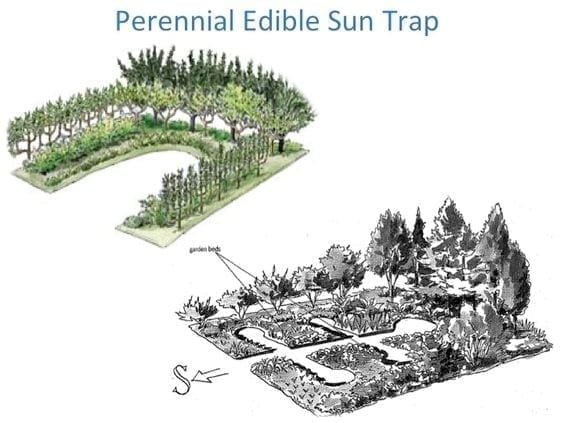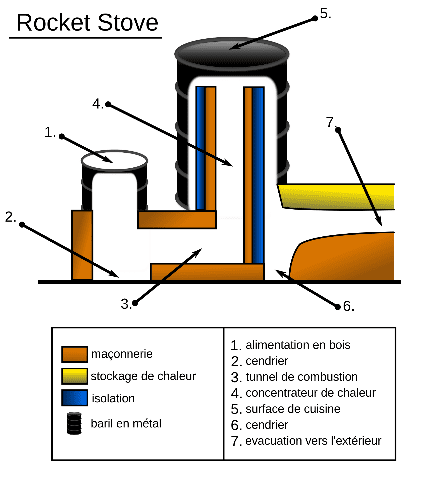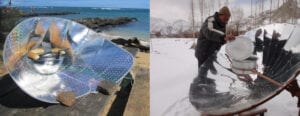House Design
Lesson Progress
0% Complete
Humid Tropics
- In the humid tropics, your house should be positioned in full shade, using trees or hard landscape features.
- Large roof overhangs will also help to prevent the sun from touching the walls of the house between 9 a.m. and 3 p.m. to prevent heat build-up.
- Design high ceilings to vent hot air.
- The house should be oriented to the wind to assist cooling.
- The walls should have as little thermal mass as possible. For example, concrete holds heat and radiates it back into the house at night. Use wood instead; it’s not as thermally efficient, so it won’t store heat.
- Consider having an outside kitchen or keeping it as detached as possible from the main house, perhaps in an adjacent small building.
- Screening is needed on windows to keep bugs out.
- Your rainwater catchment cisterns should be screened to prevent insects from dying in them and potentially causing disease.
Temperate Climate (Cool To Cold And Humid)
- In the Northern Hemisphere, orient your house to the south to face the sun for heat gain (face the north if in the Southern Hemisphere).
- Plant trees and vines around the house to take advantage of seasonal shifts. For example, summer shade and winter sun can be increased through deciduous plantings in advantageous spots.
- Plant trees for windbreaks and use earth embankments to create sun traps.
- Kitchen heat can be used to your advantage. If in a two-story house, place bedrooms above the kitchen to capitalize on heat production. Is it possible to place your kitchen centrally in the house? If so, it will help to heat the surrounding rooms.
- In the Northern Hemisphere, place greenhouses on south-facing walls for heat gain (place them on the north side in the Southern Hemisphere).
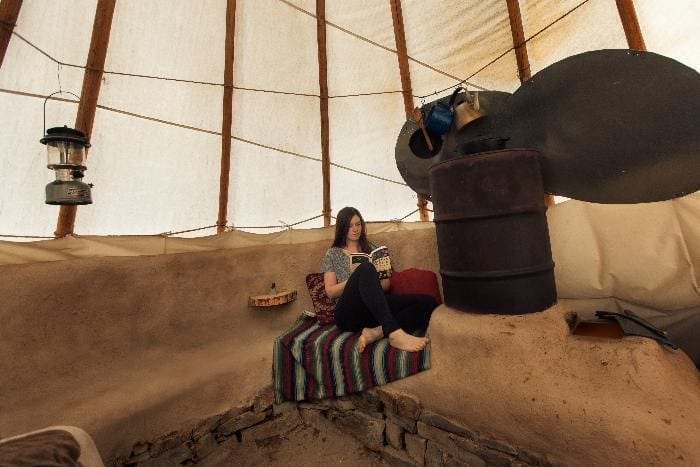
- A rocket stove (which we’ll discuss in depth in a later class) is a highly efficient and hot-burning stove that uses small diameter wood fuel (i.e., twigs and small bits of wood) that is fed into a self-bellowing firebox. From these, rocket mass heaters were derived, which efficiently produce, hold, and radiate heat throughout the day and night. The heat produced runs through concrete or brick baffles or water tanks. The fire goes out after 15 minutes, but the brick, concrete, or water holds the heat and radiates it back into the room over the next 24 hours, using a tiny fraction of the fuel an open fire or ordinary stove would use. Use these tools to efficiently and cleanly heat water or your living spaces.
- Use insulation in your home’s walls and roof to keep heat out.
- Keep windows on the western side of your house to a minimum to prevent heat gain.
- Use curtains and screens to prevent heat gain through windows.
- Make use of all your greywater (wastewater not containing feces from the toilet) to water your gardens.
- Consider earth-sheltered houses and underground or partially underground houses to use the natural cooling of the earth to reduce heat.
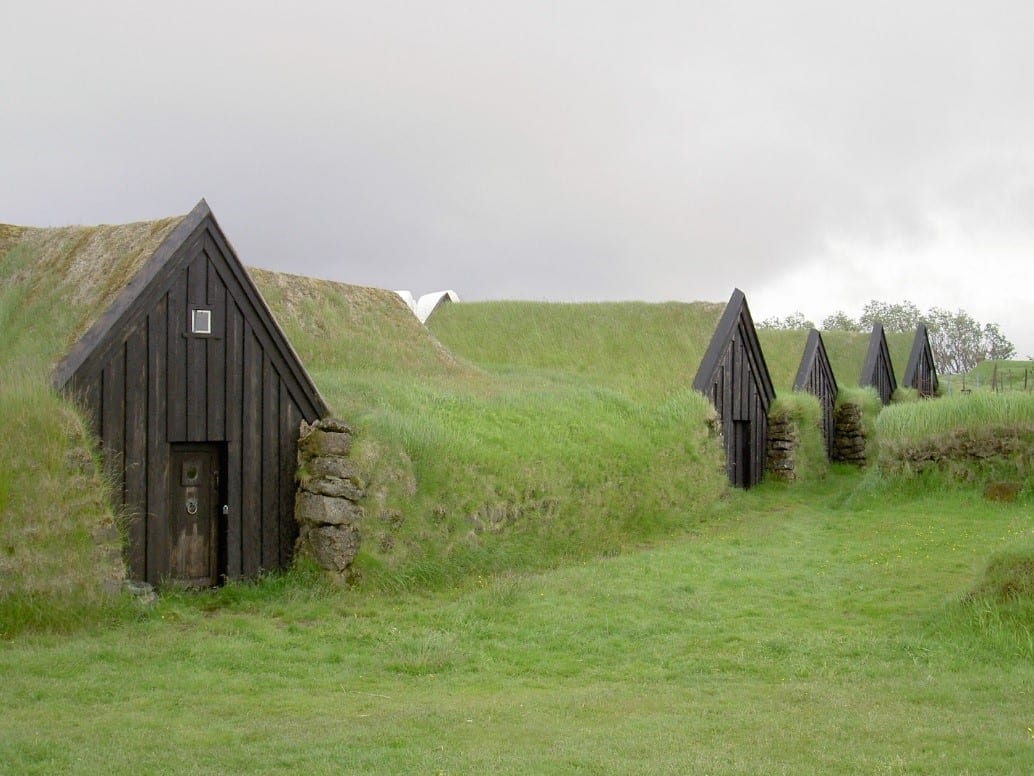
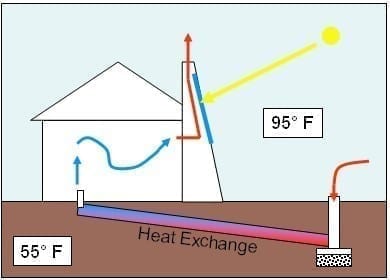
- Paint your house white to reflect the most heat away from your house.
- Make use of solar chimneys, drawing hot air through cool underground pipes by convection to bring cool air into your home for free using little or no electricity. Solar chimneys are usually 1 meter in diameter and over 20 meters in length. Sometimes small fans are used to increase the airflow, but, still, chimneys are vastly more efficient than air conditioners.
- Solar Ovens: There are many designs of solar ovens, but they all work on the same principle: Mirrors or heat reflectors are used to concentrate the sun’s energy onto a black pot that is used for cooking.

